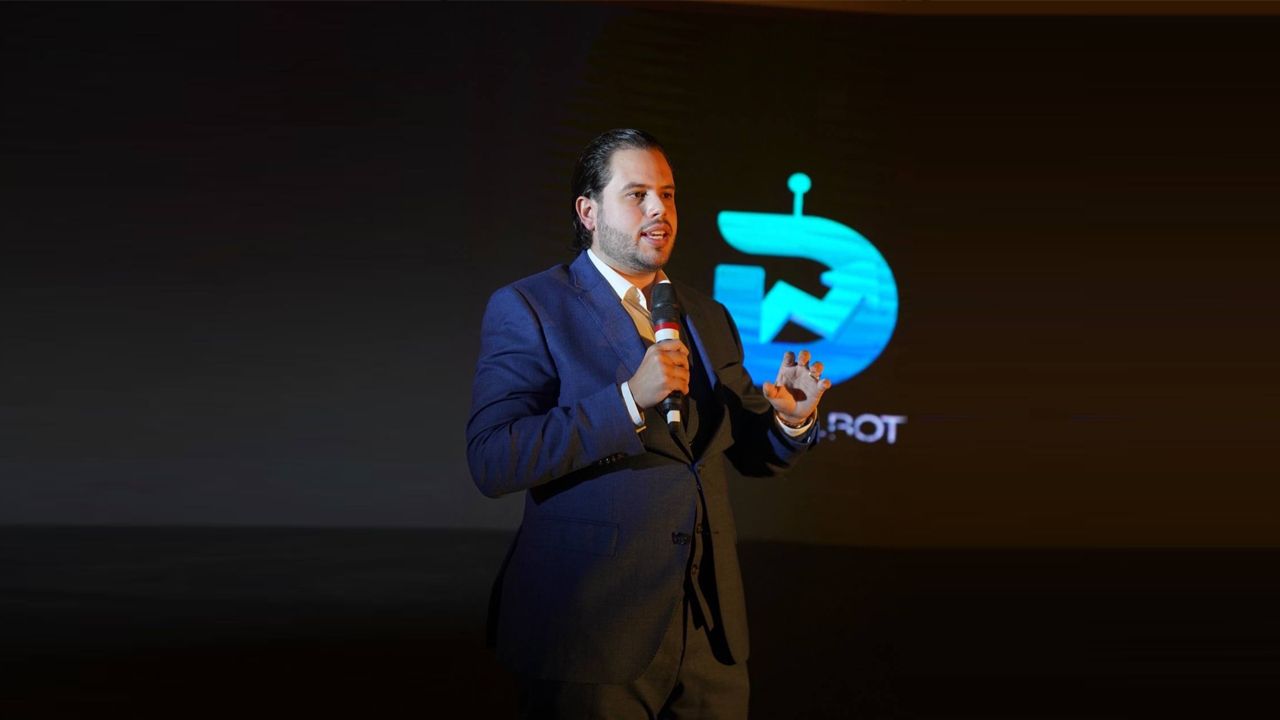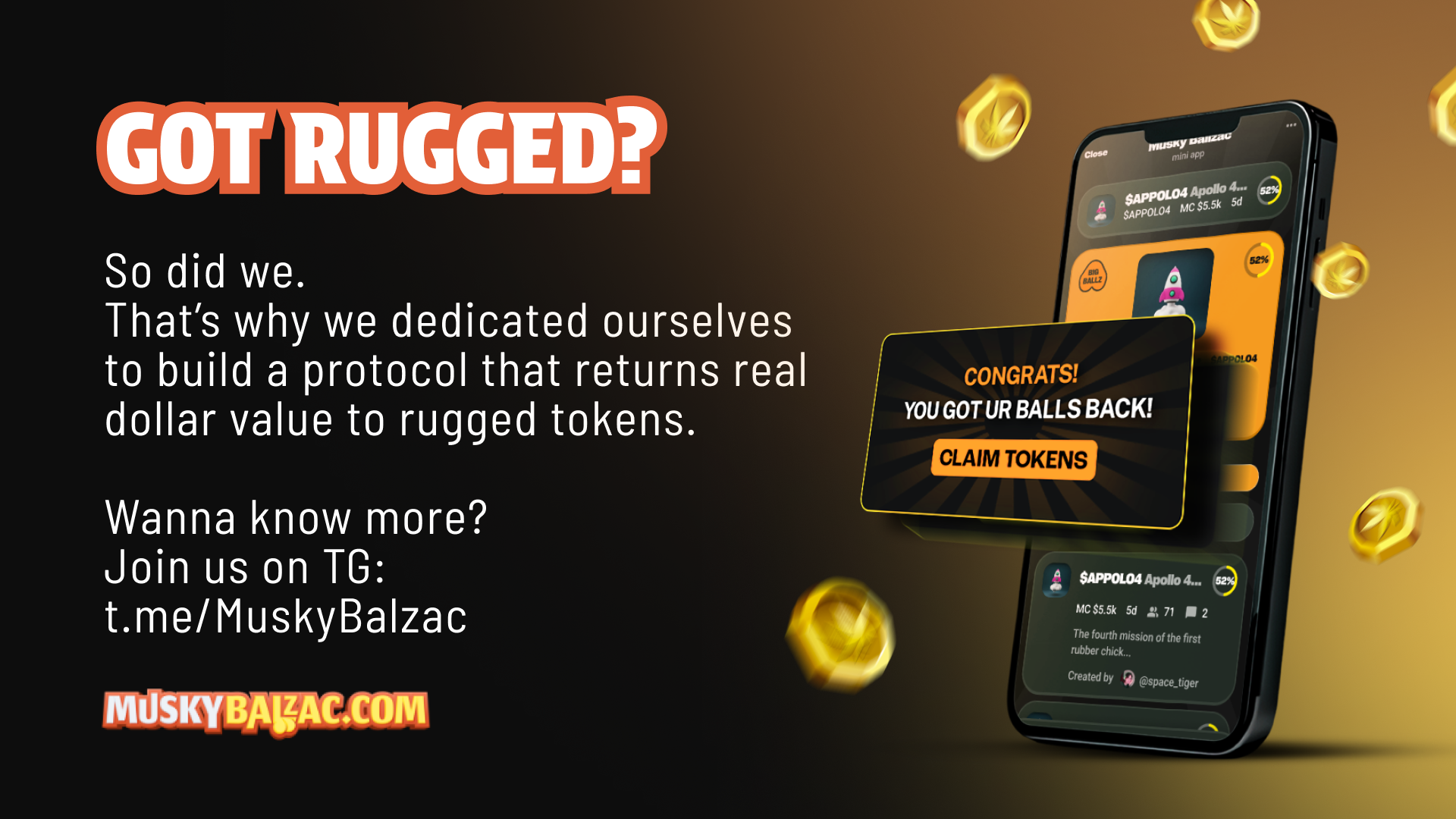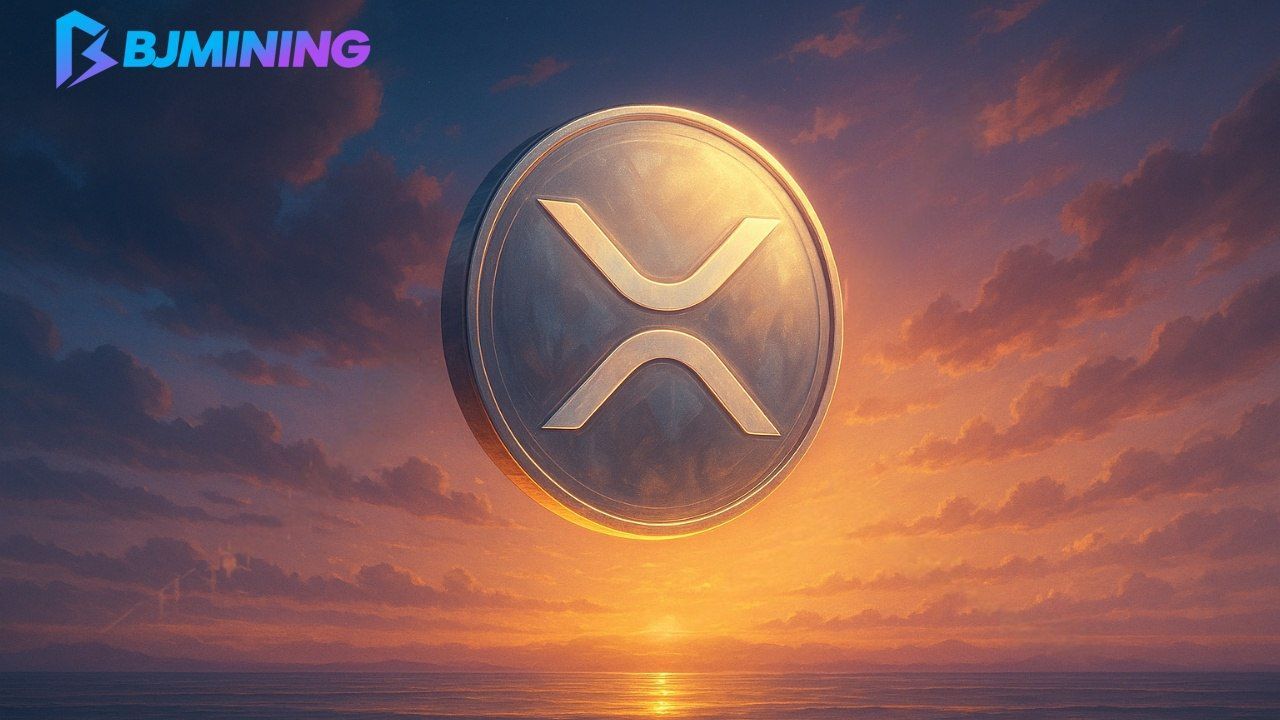Understanding Ecochain's UTXO
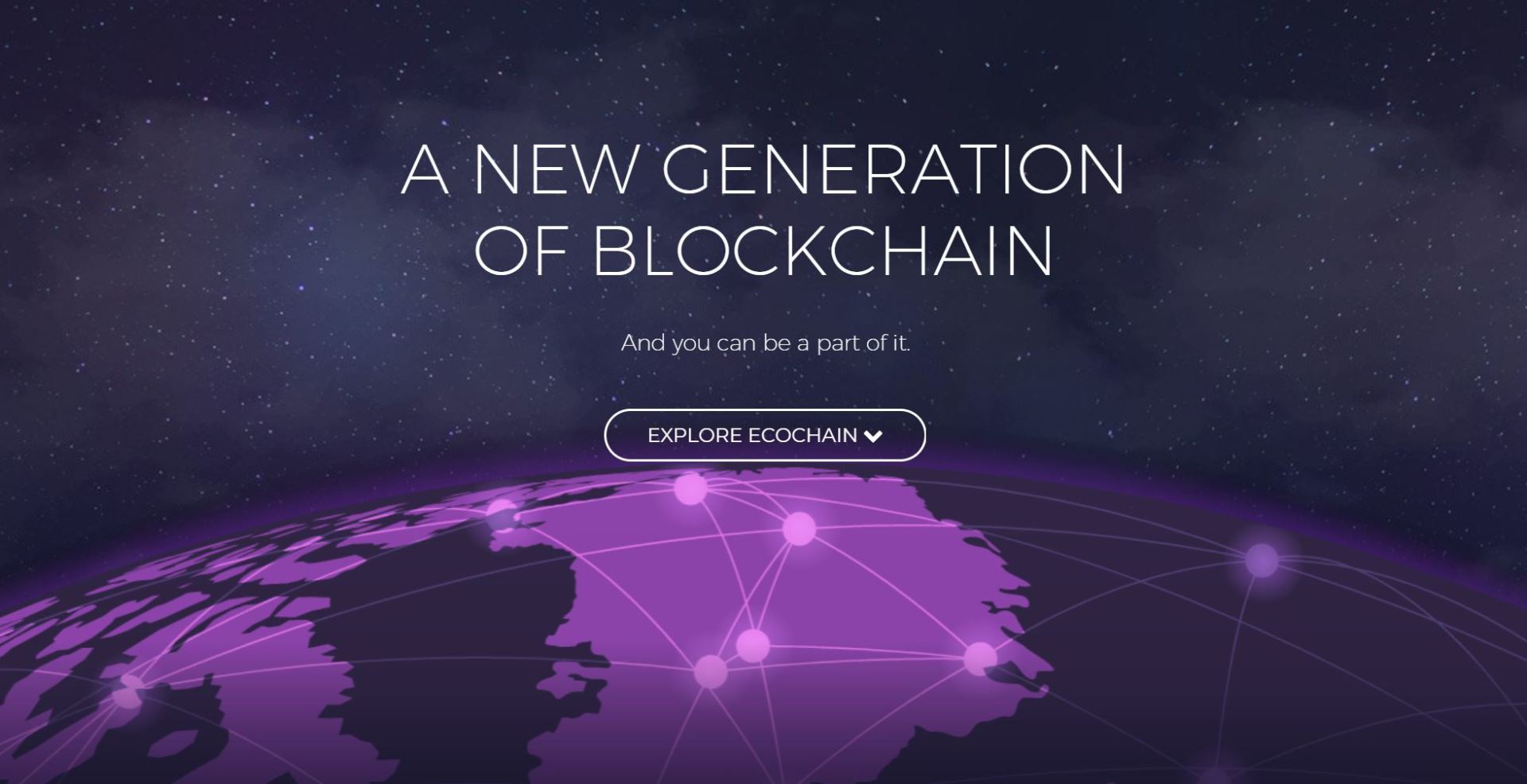
In traditional finance, a centralized banking system keeps the users' accounts up to date. The system records transactions through a centralized ledger of debits and credits as well as the balances. In digital currencies, transactions are recorded in quite a different format.
Cryptocurrencies, notably, bitcoin, leverages Unspent Transaction (TX) Output (UTXO) to keep track of transactions. UTXO encompasses outputs and inputs to carry out a transaction. Unspent outputs are used as inputs to a transaction. When a transaction occurs, inputs are deleted, and outputs are created as new UTXOs.
In simple terms, UTXO is the amount of leftover cryptocurrency change that one receives from each transaction. Here is everything you need to know about UTXO and its importance of preventing transactions from being replayed (double spending problem) in blockchain networks.
Explaining UTXO
UTXO is a blockchain protocol that organizes the blockchain's ledger so that no funds are spent twice. Therefore, the protocol helps to avoid the double-spending problem. As the name suggests, UTXO is the unspent output of a transaction. When a transaction occurs on the Bitcoin blockchain, inputs are deleted and outputs created as new UTXOs such that it may be consumed in future transactions.
Think of Bitcoin transactions as cashier checks where the entire amount indicated in the check must be spent in the store. However, Bitcoin is unique in that transactions can be conducted in bits or using fractions of the entire amount.
This is to mean that bitcoin transactions do not occur using a single data byte. Instead, they use multiple fractions of bitcoin retrieved by UTXO algorithms to achieve a spending request. A UTXO database functions to store the chain of bitcoin transactions. Initially, the database is set as empty, but as transactions occur, it becomes filled with different transactions.
To understand how UTXO functions, take, for instance, you have 5BTC and want to buy something that costs 3BTC. You will make a transaction where your entire UTXO balance will be spent. 3BTC will be sent to the other person and 2BTC back to you. Once the transaction is complete, a UTXO is created for both the sender and receiver, specifying how much the user got back or received. The amount the user receives is added to their account balance. UTXO is calculated as follows:
New UTXO= (sum or original UTXO)- (sum of the currency sent to a different address)- (transaction fees for a particular blockchain)
How Important is UTXO?
In the US, bills exist in the denominations of $1, $5, $10, $20, $50 and $100. In nations using the Euro, the bill denominations are €5, €10, €20, €50, €100, €200 and €500. In such countries, you cannot customize bills to any amount since each bill is predetermined. UTXO, however, is very different from fiat currency as it comes in any amount whatsoever. This attribute gives it several benefits, including:
- Flexibility- UTXO offers flexibility in blockchain transactions. Crypto users can have over 1 million KMD in a single UTXO rather than have thousands of fiat bills needed to hold the same amount in cash for fiat currency.
- No Chance of Double Spending- Transactions on the blockchain are recorded in the UTXO database and are uniquely referenced; thus, there is no chance for a transaction to be replayed.
- Transaction Privacy-UTXO preserves users' privacy since users change addresses with every incoming transaction. The use of a new address each time makes it challenging to link different coins to a single owner definitively.
- Enhances Scalability- UTXO can trivially verify transactions in parallel. Due to the stateless nature of UTXO transactions, two transactions can't affect the same UTXO. This makes it possible to process multiple UTXOs at the same time, thus enhancing scalability.
UTXO VS Balance
Balance is the other transaction tracking model in blockchain networks. It is also referred to as the Account Model and employed in the Ethereum ecosystem. The Balance model is much simpler compared to UTXO, with each public address holding a balance. It's also quite user-friendly with minimal storage problems since it doesn't need a large RAM to track unspent transactions.
However, unlike the UTXO model, the Balance model is helpless in double-spending attacks. This makes it suitable for chains that have smart contact functionality. Ethereum, for instance, prevents double-spending attacks using an increment nonce, which can be viewed by the public every time a transaction is made, the nonce is increased by one.
UTXO seems to be better than Balance in several attributes, including:
- It scales better compared to the Balance model. It can execute transactions in parallel, making it ideal for the use of "light wallets," which are usable on devices such as mobile or tablets, where the entire chain's download is impossible.
- UTXO offers a higher level of privacy as long as the users use new addresses for each transaction.
- The Balance model is more exposed to double-spending attacks that can compromise the entire blockchain network. It's almost impossible to carry out double-spending attacks in UTXO based blockchain since transactions are uniquely referenced in the database.
Concerns in the UTXO Model
While the UTXO model seems to be slightly better than the Balance model, it has some drawbacks. The major concern with UTXO is the problem of storage, i.e., an enormous amount of RAM is needed to store each transaction. Nodes store the UTXO database in RAM. Therefore, an enormous amount of RAM is required to keep the nodes running. This translates to an increase in the cost of running a full node.
The increased cost of running a node leads to further centralization of the Bitcoin network. Bitcoin developer Gavin Andresen
comments on UTXO stating, "A one-megabyte block is room for about 100 million 500-byte transactions per year. If every one of them increased the UTXO set by 500 bytes, that would grow the UTXO set 50 gigabytes a year." He calls for an increase in the block size and implementation of larger blocks to prevent centralization.
A potential solution to the storage problem is the use of memory swaps. In this protocol, nodes don't have to store the entire UTXO database in RAM. They can use less expensive solid-state disk (SSD) or spinning hard disk. Using external storage devices relieves the nodes of the cost of operations as disk space is quite cheap compared to memory. However, memory swap leads to slower validation times for each node. Nodes may require seconds to start creating new blocks. Nonetheless, this is not a big deal since they'll still operate under the ten-minute average block time.
Conclusion
UTXO is a vital part of the Bitcoin ecosystem to track unspent coins. This significantly simplifies keeping track of transactions in a blockchain network. Think of it, instead of tracking and storing each transaction in the network; we only need to track the unspent coin.
UTXOs are also crucial in preventing double-spend attacks, which could compromise the entire blockchain network. EcoChain is looking to adopt the UTXO model for its blockchain tanks to its benefits, including scalability and transaction privacy.

